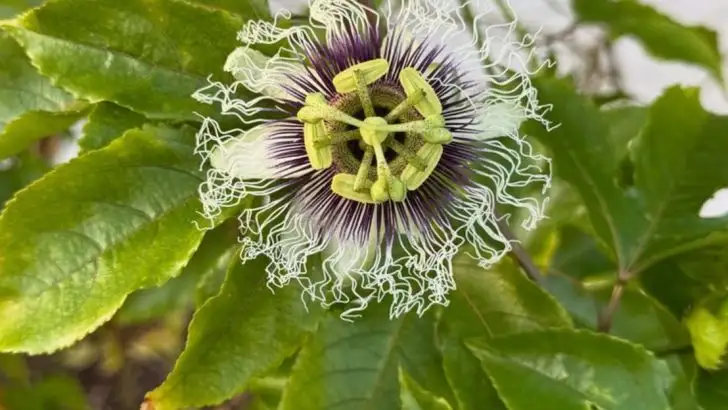Keeping a garden journal seemed like a simple idea—but after a year, it transformed the way I garden. What started as a few notes about planting dates and weather patterns evolved into a powerful tool for understanding my plants, soil, and even myself.
By tracking successes, failures, and unexpected patterns, I uncovered insights I would’ve otherwise missed—like which plants truly thrived in certain spots, how microclimates affected growth, and when pests were most active. The journal became my personal gardening guide.
In this article, I’ll share what my garden journal taught me after one year—and why you might want to start one of your own.
Passion Fruit Vine
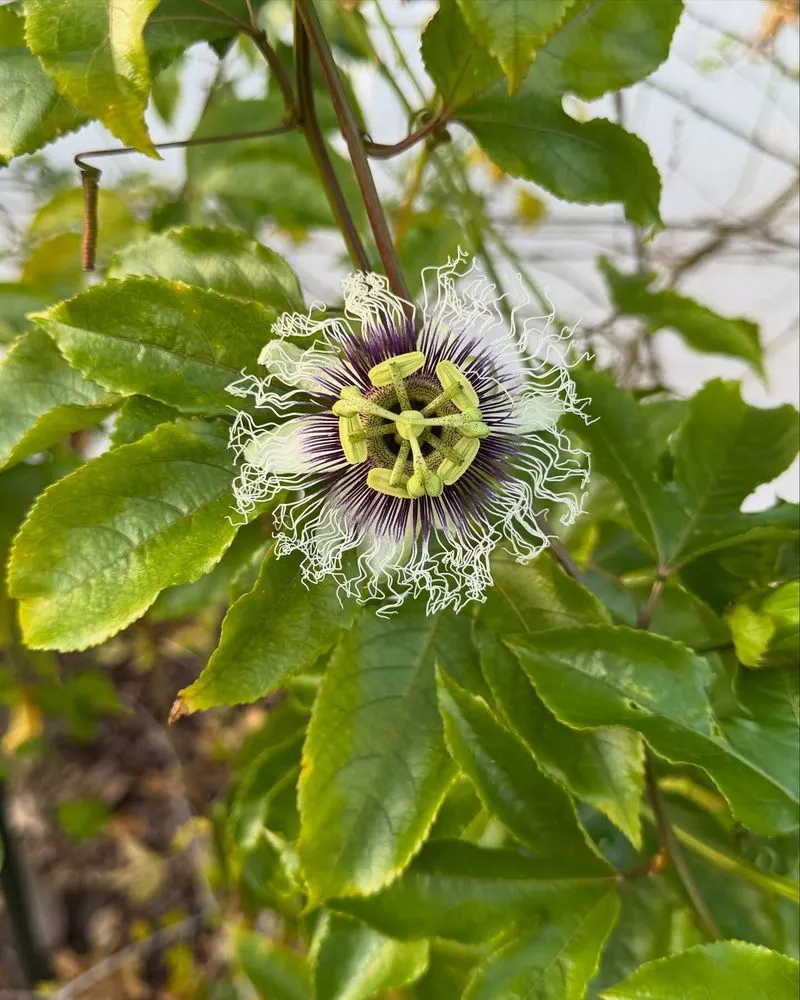
Known for its exotic appeal, the passion fruit vine is a gardener’s treasure. Its lush foliage provides ample shade, while the striking flowers draw the eye with their intricate patterns. This powerhouse plant not only beautifies your garden but also offers the tangy delight of fresh passion fruits.
Imagine sipping a passion fruit drink on a warm afternoon; the vine brings this tropical experience home. It thrives best in warm climates, basking in full sun. Regular pruning keeps it in check, ensuring a bountiful harvest season after season.
Kiwi Vine

The kiwi vine is a staple for those wanting both visual delight and a sweet reward. With its vigorous growth, it quickly creates a canopy of shade, perfect for summer afternoons. The soft, fuzzy fruits are not just delicious but packed with vitamins and nutrients.
Growing kiwi requires patience as it takes a few years to bear fruit, but the result is worth the wait. Its heart-shaped leaves add a touch of whimsy to any garden setup, making it a favorite among landscapers and fruit enthusiasts alike.
Grapevine
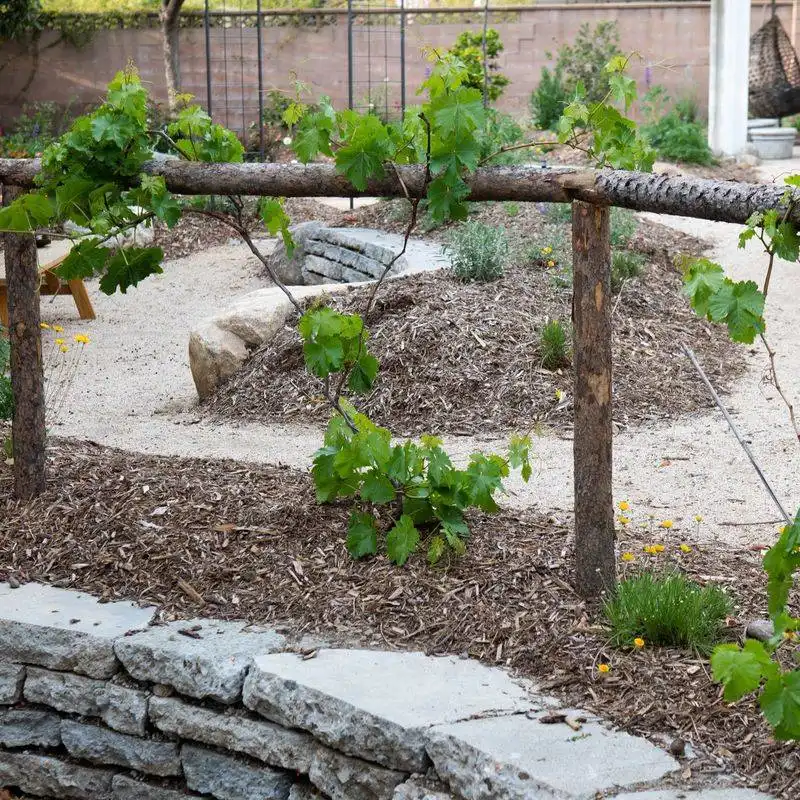
Grapevines have been cherished for centuries, offering both aesthetic value and a taste of history. Their robust nature makes them suitable for various climates, and they can be trained to grow over pergolas or along fences.
Beyond their visual charm, grapevines yield sweet or tart grapes, depending on the variety, ideal for homemade wines or fresh snacking. With regular care and the right conditions, they become a centerpiece of any garden, blending tradition with tasty outcomes.
Cucumber Vine
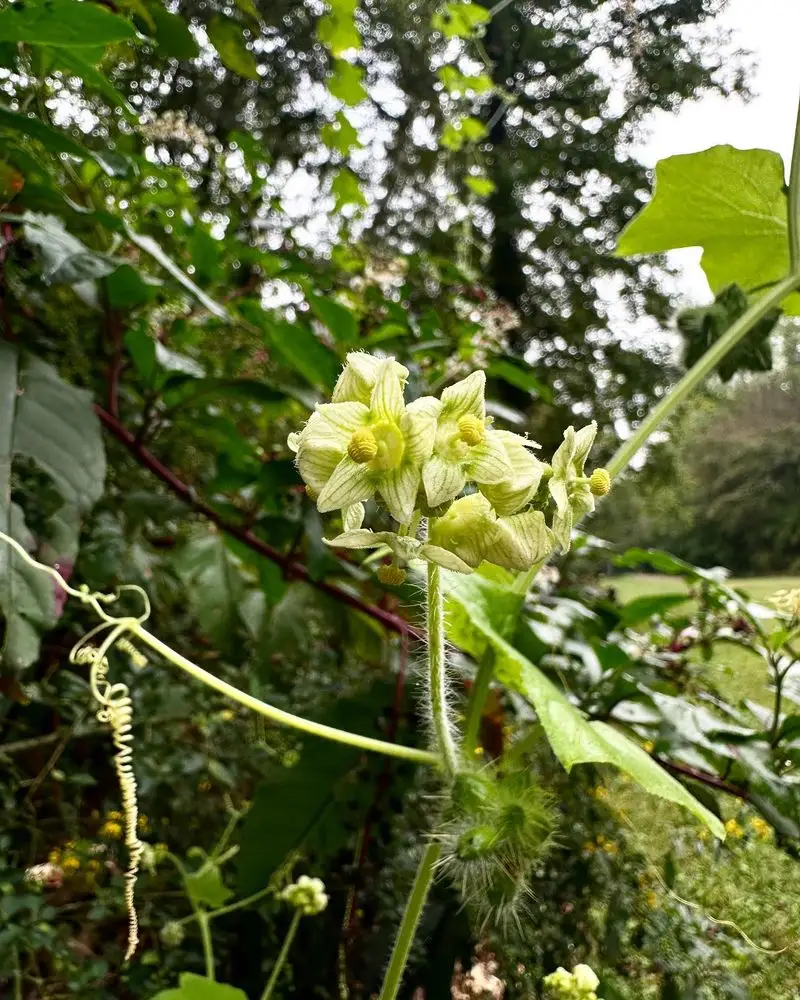
Cucumber vines are a gardener’s ally, offering quick growth and rewarding harvests. Their sprawling nature makes them ideal for ground cover, while the bright yellow blossoms add a splash of color.
Fresh cucumbers are a summer staple, perfect for salads and pickling. The vine thrives in warm conditions and appreciates regular watering. Its ability to adapt to trellises or horizontal growth makes it versatile for small or large garden spaces alike, delighting those who prefer homegrown produce.
Hops Vine

Beer enthusiasts and gardeners alike find joy in the hops vine. Known for its role in brewing, the plant also offers lovely foliage that creates a calming shade. Its vigorous climbing habit allows it to cover structures quickly, providing a natural canopy.
The cone-like flowers are not just for show; they’re essential for adding bitterness and aroma to your homemade brews. This vine prefers sunny spots and well-drained soil, making it a versatile addition for those looking to marry utility with beauty.
Scarlet Runner Bean
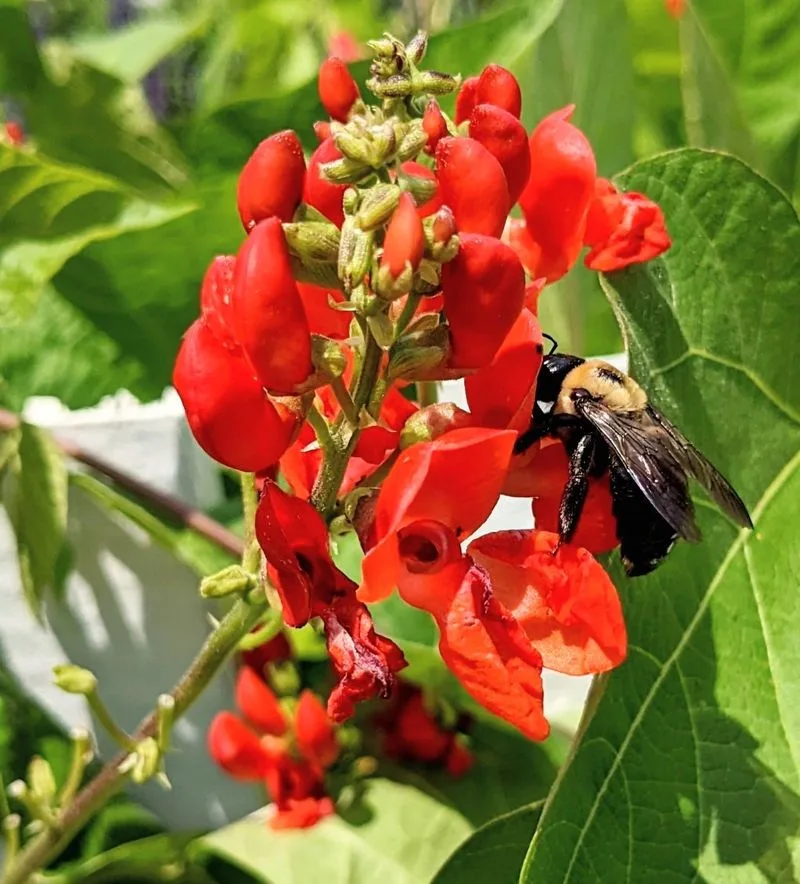
The scarlet runner bean is a true garden performer, known for its vibrant scarlet flowers that attract butterflies and hummingbirds. Beyond its ornamental appeal, it offers nutritious bean pods that are delightful in various dishes.
These vines are perfect for fencing or trellises, adding vertical interest to your garden. Their rapid growth and colorful blooms make them a favorite among those looking to combine beauty with function. A staple in many traditional gardens, they add a splash of color and taste.
Chayote Vine
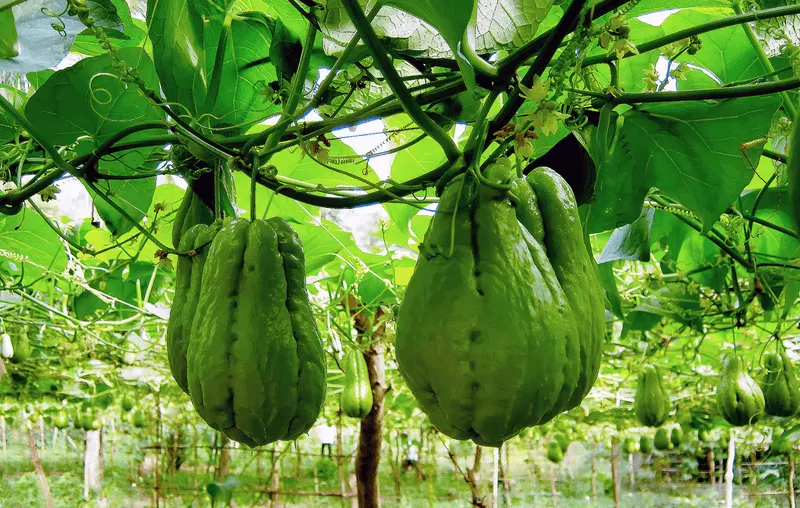
Chayote vines are the unsung heroes of edible climbing plants. Known for their vigorous growth and heart-shaped leaves, they create dense shade that’s perfect for escaping the summer sun. The light green fruits are versatile in the kitchen, often used in salads and stews.
Chayote requires a sturdy support system to manage its robust nature, ensuring it doesn’t overwhelm nearby plants. It thrives in warm climates and offers a perennial harvest, making it a reliable and productive choice for avid gardeners.

